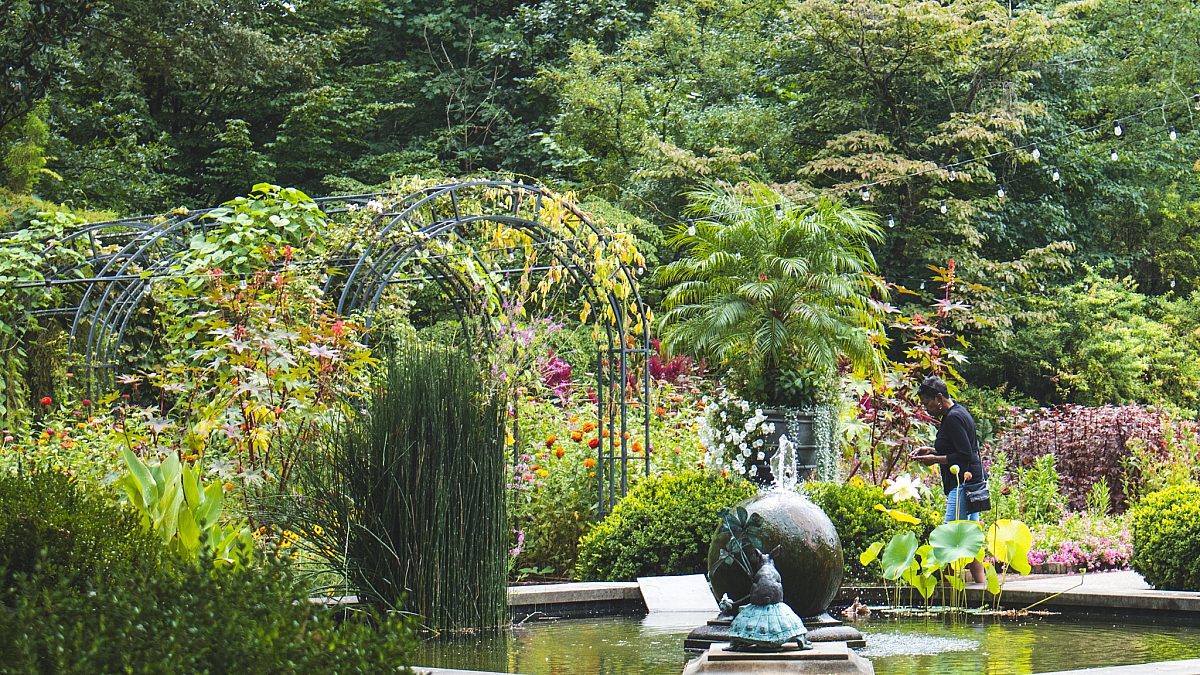
Many paths to discover
The Dixon’s gardens are inspired by English park design with both open vistas and small, intimate spaces. Walk through multiple linking pathways and discover how the various parts of the garden flow together in bursts of color and creativity.
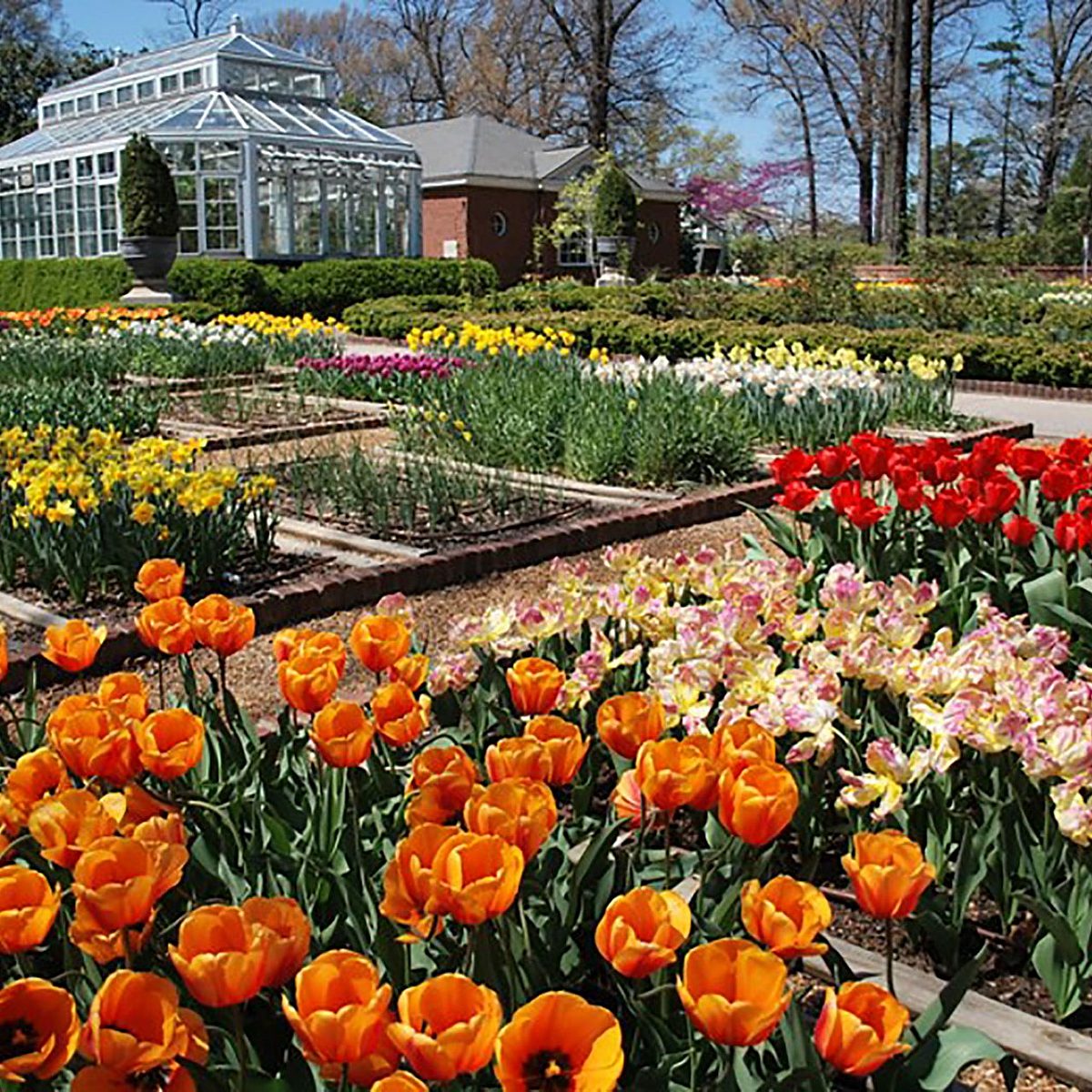
Memphis Garden Club Cutting Garden
This working flower farm has something in bloom nearly twelve months of the year. As many as thirty different types of plants and flowers are growing at one time, including displays of roses, annuals, and perennials. The fountain, designed by Alabama sculptor Frank Fleming, greets visitors to the garden and is an expression of the four seasons. The small slab of slate leading from a frog sculpture was added to allow young froglets to climb from the fountain. In this garden you’ll also find the conservatory, which houses the Dixon’s collection of tropical plants.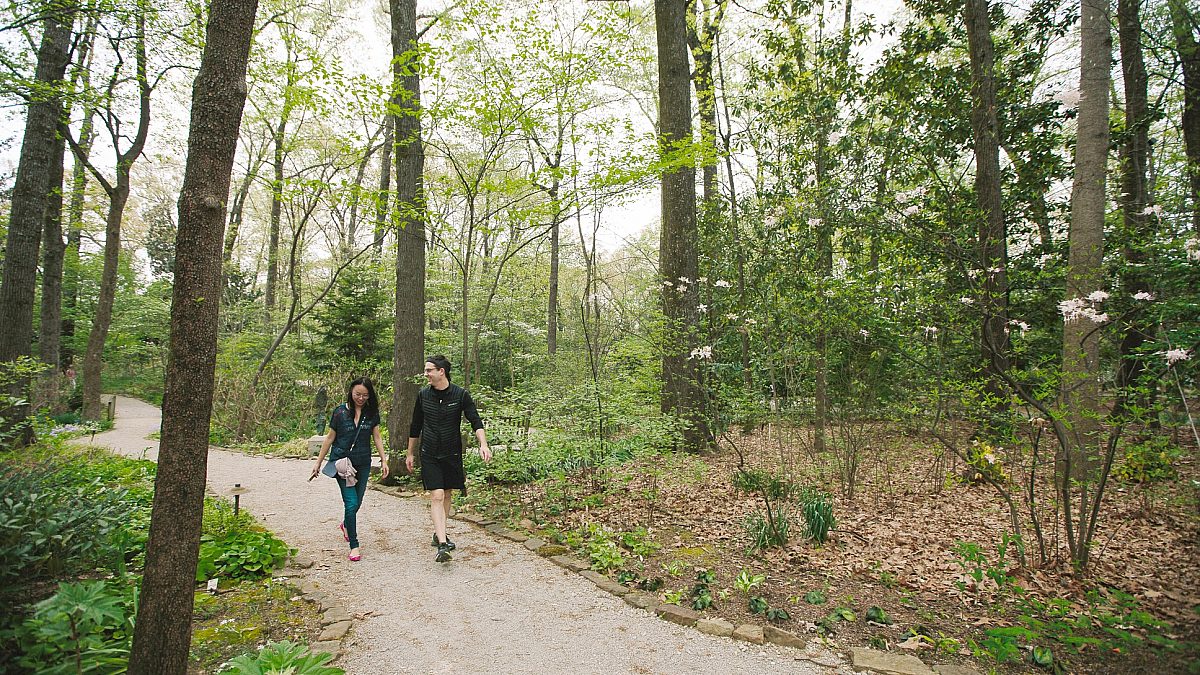
Woodland Garden
The two-acre Woodland Garden is the largest on the Dixon’s property. Its canopy of oaks and hickories, understory dogwoods, ferns, wildflowers and other plants native to the area are a reflection of a typical Mid-South forest. On the north side of the garden, a water feature made up of three interlocking rings reveals the relationship between people, plants, and water quality.
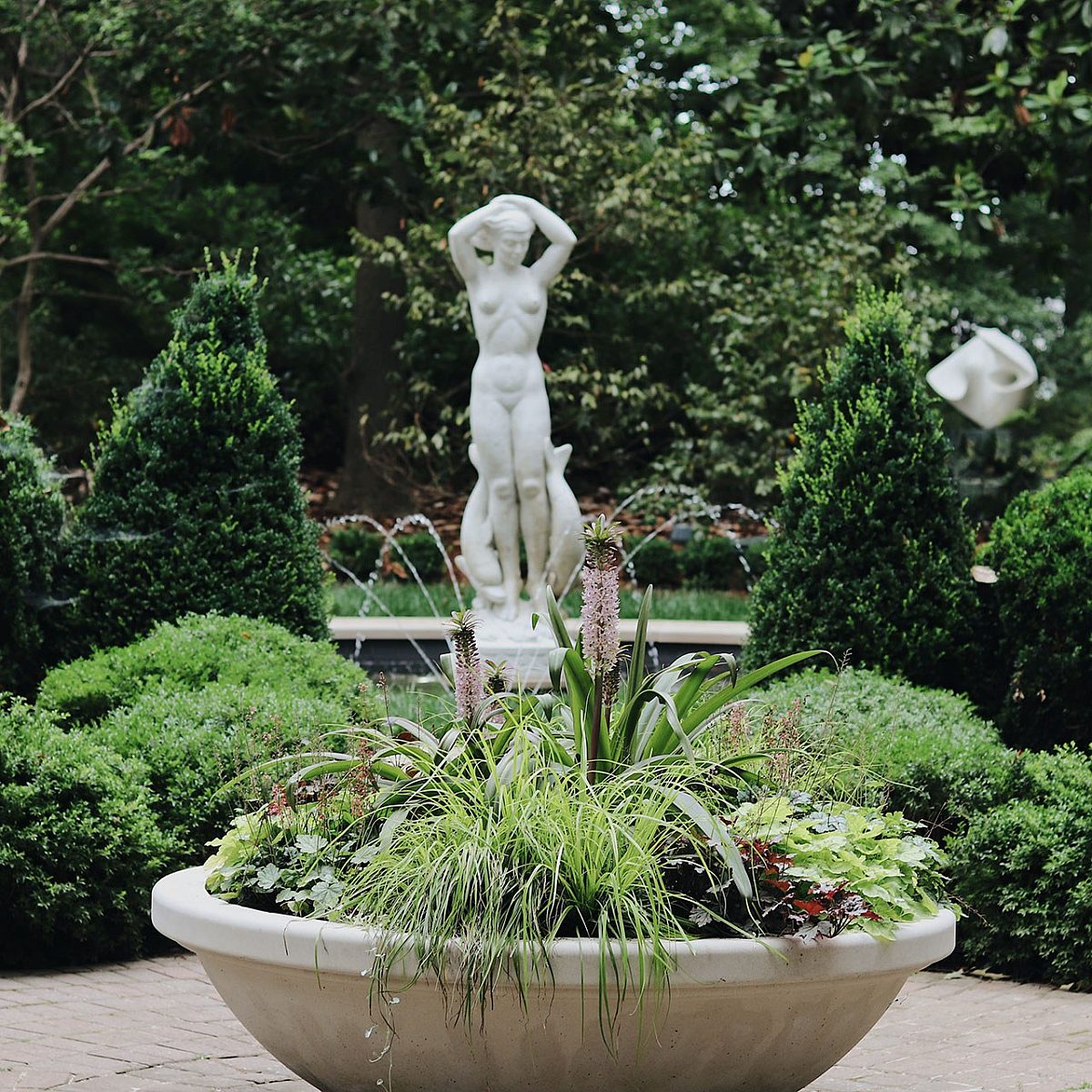
Suzanne Mallory Formal Gardens
This area of peaceful seclusion is surrounded by four species of boxwood and displays sacred geometry, a design with origins in ancient Persia. It is comprised of three separate chambers, one planted with seasonal color; one containing a bronze planter supported by cherubs that Mr. and Mrs. Dixon brought back from their travels; and one that is home to two noteworthy Camellia japonicas, which bloom red and pink and are quite old.
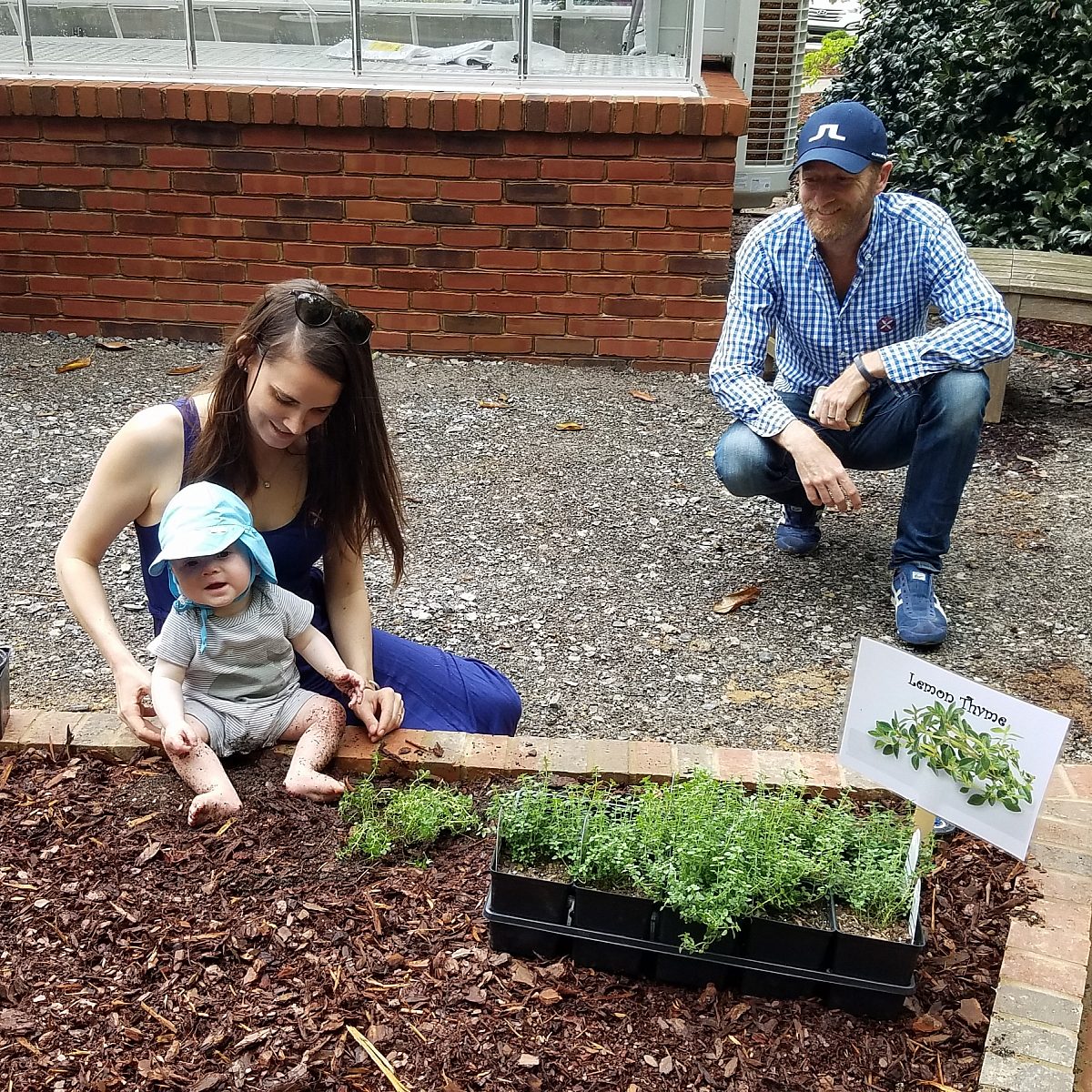
Learning Gardens
The Learning Gardens, which surround the Liz and Tommy Farnsworth Education Building, are a series of independent yet interconnected outdoor spaces designed to create teaching opportunities.
The Jean and Tommy Price Circle welcomes visitors to the education facility. The Mary Alice Quinn Butterfly Garden is a profusion of summer color that draws monarchs, swallowtails and other pollinators in significant number. In the Connie and Dunbar Abston Sensory Garden, plantings and interpretive materials engage the five senses. The Susan Moffett Daffodil Gardens feature many varieties of the popular spring flower.
From the Dixon Gallery and Gardens Endowment Circle, visitors have an orientation point for circulating through the rest of the gardens. The Ann and Steve Reynolds Family Greenhouse and Garden features raised beds designed for hands-on projects and wheelchair access. The Nancy and Steve Morrow Moss Lawn is a broad expanse that includes a massive historic American elm tree. The Gwen Owen Outdoor Classroom is the site of dozens of standing education programs.
The Brenda and Lester Crain and the Gwen and Jacques Schuler Sculpture Circles showcase works by area artists. The Peggy Canale Fountain is home to the Venus of Memphis, commissioned by Hugo Dixon in the 1960s. The Phillip McNeil Jr. Family Garden is just outside the connector to the Education Building and helps bring the outdoors inside.
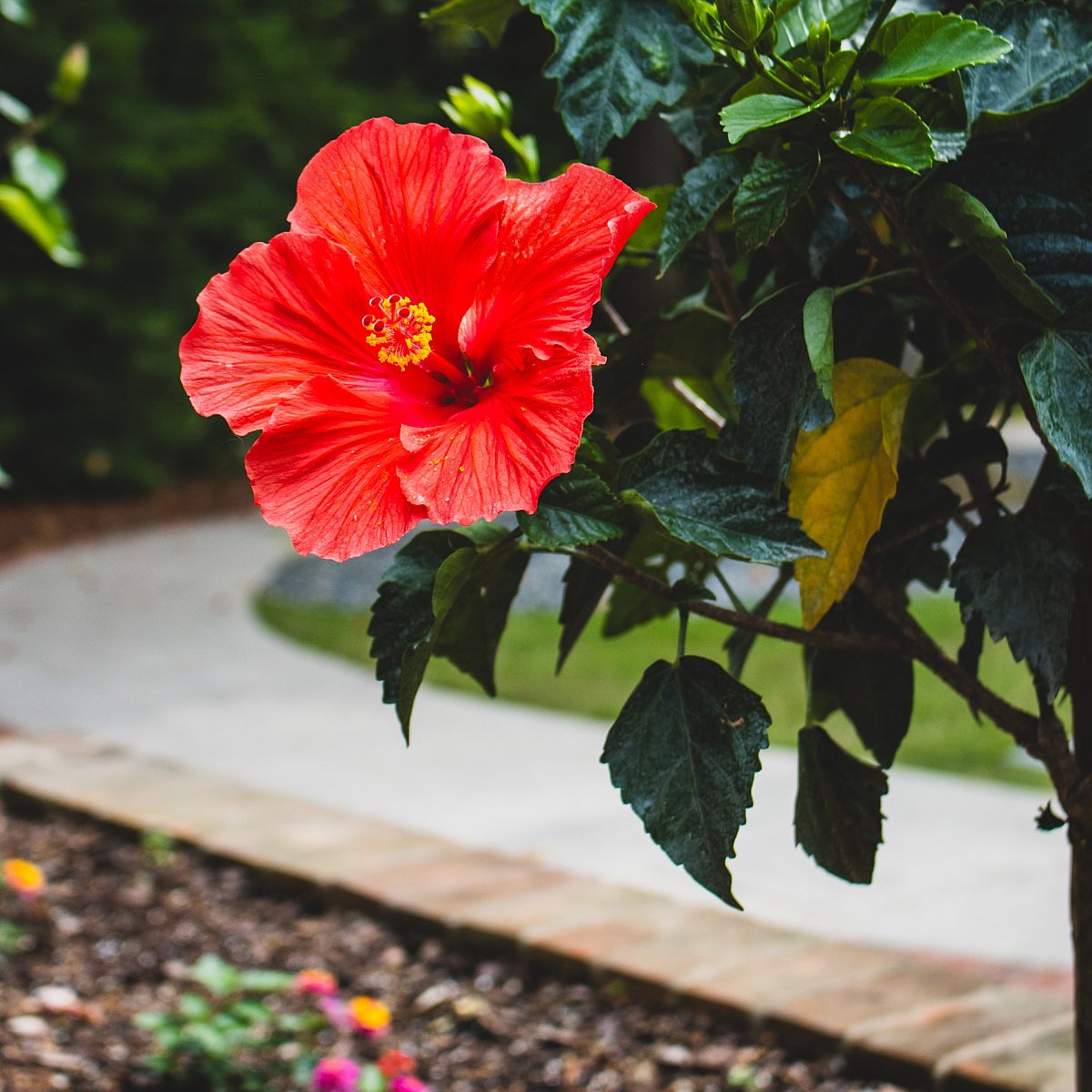
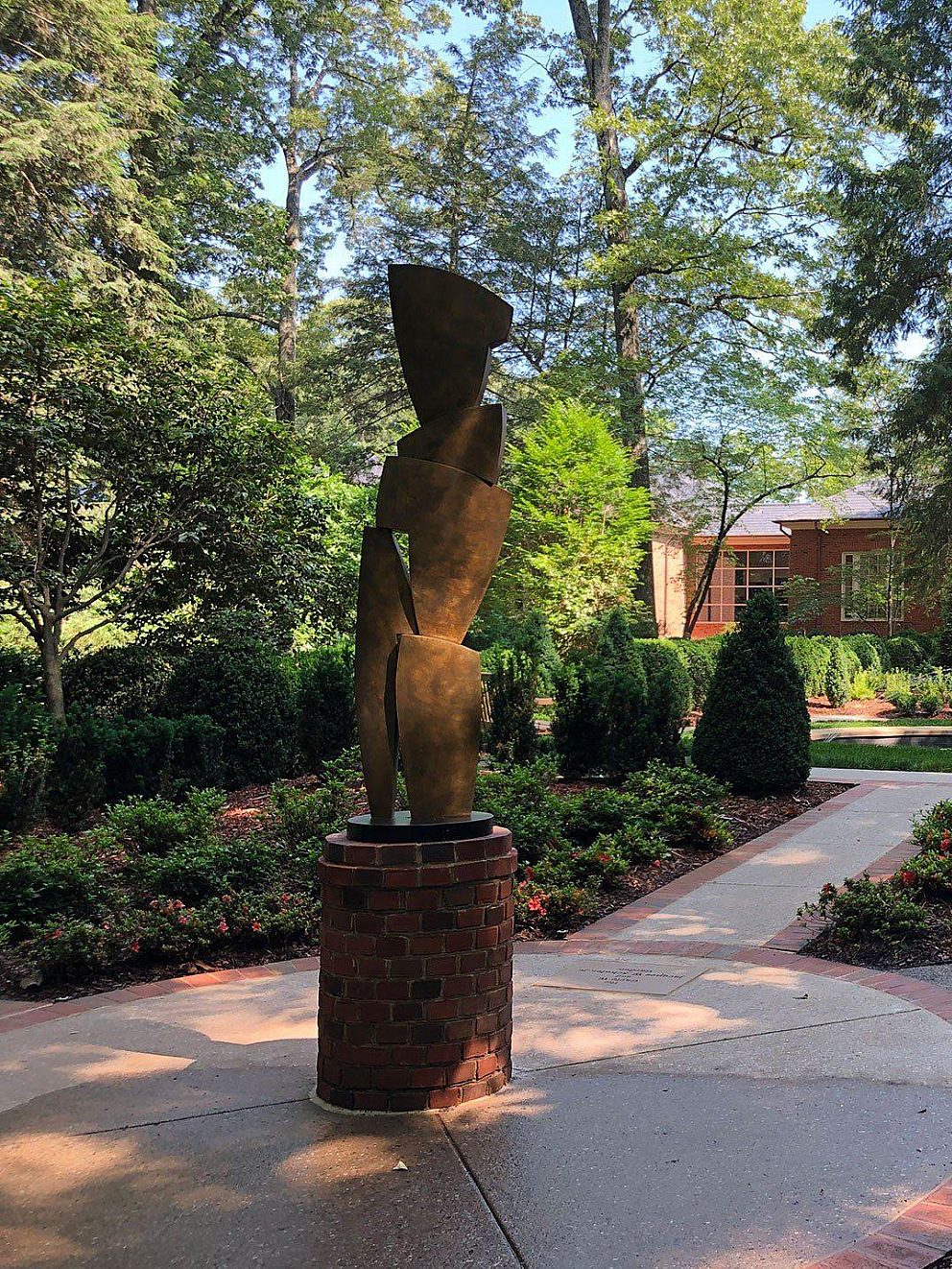
Find your better nature
Guided meditations
Nature provides a means for finding balance. By tuning into the energies of the Dixon’s gardens, you can more deeply experience its health-inducing and even healing qualities. Whether through a quiet walk or simply sitting in a serene outdoor space, the Dixon’s gardens can inspire and offer the calm necessary for contemplation.
Join Lunch-time Meditations every Friday from 12:00-1:00 PM.